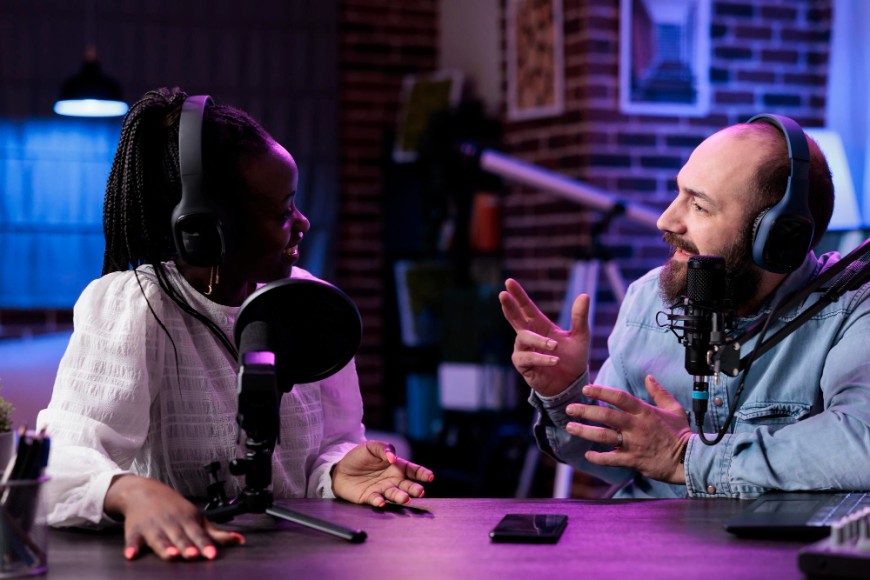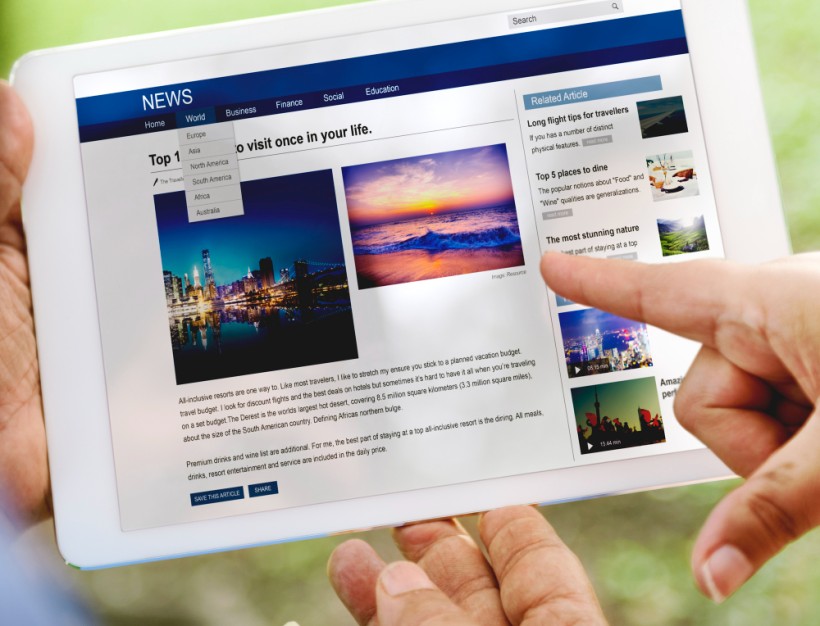P.S. If you’re a senior developer instead, check out our related guide to technical thought leadership linked at the bottom of this article.
Breaking into software development isn’t easy. You might be learning to code on your own, taking a bootcamp, or switching from a completely different career.
But even with the right skills, finding that first job can feel like an uphill battle. That’s where LinkedIn comes in.
Many beginners focus only on technical skills—building projects, solving coding challenges, and earning certificates.
But they miss a key part of landing a job: visibility.
If recruiters, hiring managers, and other developers don’t know you exist, how will they find you?
LinkedIn is one of the best tools for job seekers. Every minute, three people are hired on LinkedIn, and 11% of jobs are filled through networking, not just online applications.
This guide will show you how to use LinkedIn to:
✅ Optimize your profile (even if you have no experience)
✅ Connect with the right people
✅ Share your learning journey to get noticed
✅ Find job opportunities and apply with confidence
Let’s get started.
Setting Up Your LinkedIn Profile for Success (Even Without Experience)
Your LinkedIn profile is your digital first impression. It’s often the first thing recruiters and hiring managers see before deciding to connect with you or invite you to an interview.
Here’s how to set it up right:
🔹 Profile Picture & Banner: Use a clear headshot. No need for a fancy studio photo—a well-lit selfie works fine. Bonus: Add a LinkedIn banner that reflects your learning journey (e.g., an image of your favorite coding language).
🔹 Headline: Don’t just write “Aspiring Software Developer.” Be specific:
- “Self-Taught Web Developer | Learning JavaScript & React”
- “Career Changer to Software Engineer | Building Full-Stack Projects”
🔹 About Section: Use this space to tell your story.
- Why are you transitioning into software development?
- What excites you about coding?
- What projects are you working on?
- What’s your learning process like?
👉 Example: “After 5 years in finance, I discovered my passion for coding while automating spreadsheets. Now, I’m learning Python and JavaScript, building real-world projects, and looking for my first role in software development.”
🔹 Experience & Projects: Even if you don’t have a job in tech yet, list projects like they’re jobs.
- Include personal projects, bootcamp work, or open-source contributions.
- Add GitHub links and describe the problem you solved.
- Example: “Developed a task management app using React and Firebase, allowing users to track and prioritize tasks with real-time updates.”
🔹 Skills & Endorsements: List key skills like JavaScript, Python, React, APIs, Git, SQL—anything you’re learning. Ask connections (like classmates or fellow bootcamp grads) to endorse you.
Growing Your Network (Because Most Jobs Come from Connections)
Many beginners only apply online and never engage with people in the industry.
To grow your network, connect with:
✔️ Software engineers at companies you admire
✔️ Recruiters who specialize in tech hiring
✔️ Other career changers and junior developers
✔️ Thought leaders in the coding community
How to reach out (without being awkward)
Avoid generic messages like “Hi, let’s connect.” Instead, personalize it:
👉 Example Connection Request:
“Hi [Name], I’m currently learning Python and looking to break into software development. I saw your post about [topic] and found it really helpful. I’d love to connect and follow your insights!”
Engaging With the Tech Community on LinkedIn
One of the biggest LinkedIn myths is that you need to be an expert to post content. That’s not true. You don’t have to be an industry leader to share your journey.
What should you post?
✅ Share what you’re learning (e.g., “Just finished building my first CRUD app in JavaScript! Here’s what I learned.”)
✅ Talk about your challenges (e.g., “Struggled with debugging for 3 hours today… finally figured it out. Here’s how.”)
✅ Engage with other people’s posts by commenting and asking thoughtful questions
✅ Post about helpful resources (e.g., “This free Python course helped me so much—highly recommend!”)
👉 Example Post:
“I just built my first full-stack project—a to-do list app using React and Firebase. It was fun, but handling authentication was tricky. I finally got it working after reading Firebase’s docs and watching a YouTube tutorial. If anyone is learning React, happy to share what I learned!”
🔹 When you post consistently, more people in the tech industry will see you. Over time, recruiters and hiring managers will take notice.
Finding Entry-Level Software Development Jobs on LinkedIn
There are just under 30 million software developers worldwide. That’s good news—the demand for developers is growing!
Here’s how to find and apply for jobs effectively:
🔹 Use LinkedIn’s job search filters to find junior roles, internships, and apprenticeships.
- Search for “Junior Software Developer,” “Entry-Level Engineer,” or “Web Developer.”
- Filter by experience level: “Internship” or “Entry Level.”
- Set up job alerts to get notifications.
🔹 Apply, even if you don’t meet 100% of the requirements.
- Many job postings are wish lists—companies don’t expect candidates to have everything.
- If you meet 60-70% of the skills, apply anyway.
🔹 DM recruiters and hiring managers with a short message.
- Example: “Hi [Name], I saw the Junior Developer role at [Company]. I’m currently learning full-stack development, have built projects in JavaScript & React, and would love to apply. Could you share more about what you’re looking for in a candidate?”
Common Mistakes to Avoid
🚫 Having an empty LinkedIn profile. If your profile looks like a blank resume, recruiters won’t reach out.
🚫 Not engaging with posts or sharing your journey. If you only apply for jobs but don’t interact with people, you miss out on networking opportunities.
🚫 Connecting with people but never talking to them. Building a network means interacting, not just clicking “Connect.”
🚫 Waiting too long to apply for jobs. The best time to start applying is before you feel “ready.”
Final thoughts
Landing your first job in software development isn’t just about coding—it’s about getting noticed.
✅ Set up your LinkedIn profile today.
✅ Connect with five people in the tech industry.
✅ Share your learning journey in a post this week.
The more active you are, the more visible you become. And the more visible you are, the more opportunities will come your way.
Put yourself out there today.
P.S. If you’re a senior developer and want to grow your influence, read our related article on technical thought leadership instead.





